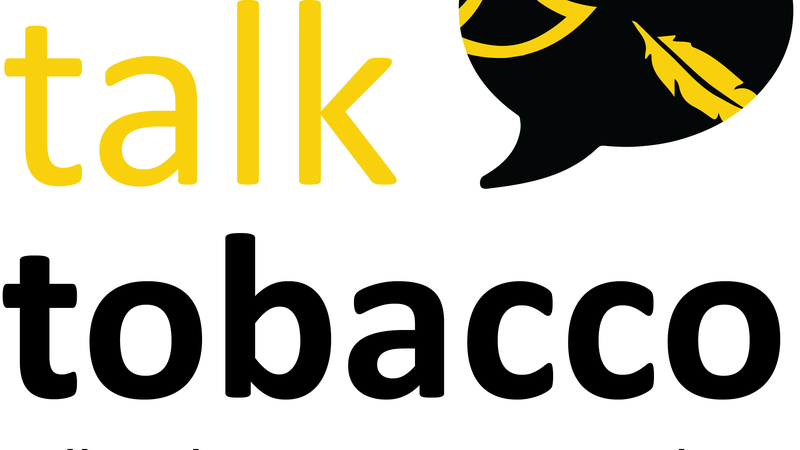
SHA warns province could run out of Pfizer vaccine before next shipment arrives
The Saskatchewan Health Authority says if the federal government doesn’t step up distribution of the COVID-19 vaccine, the province could run out of doses in the short term.
SHA briefing documents are firing another shot at the federal government for its vaccine distribution. The SHA says it is inoculating more people, and improved processes are speeding up the rollout. But that means the province may run out of doses of the Pfizer vaccine.
“We anticipate as we continue to ramp up the doses delivered per day, we will experience shortages going forward and may run out before the next allocations,” Derek Miller, the executive director of Infrastructure, Information and Support for the SHA, said Thursday during a briefing with reporters.
Health Minister Paul Merriman has criticized the feds multiple times for not providing vaccine doses quickly enough to the provinces.



